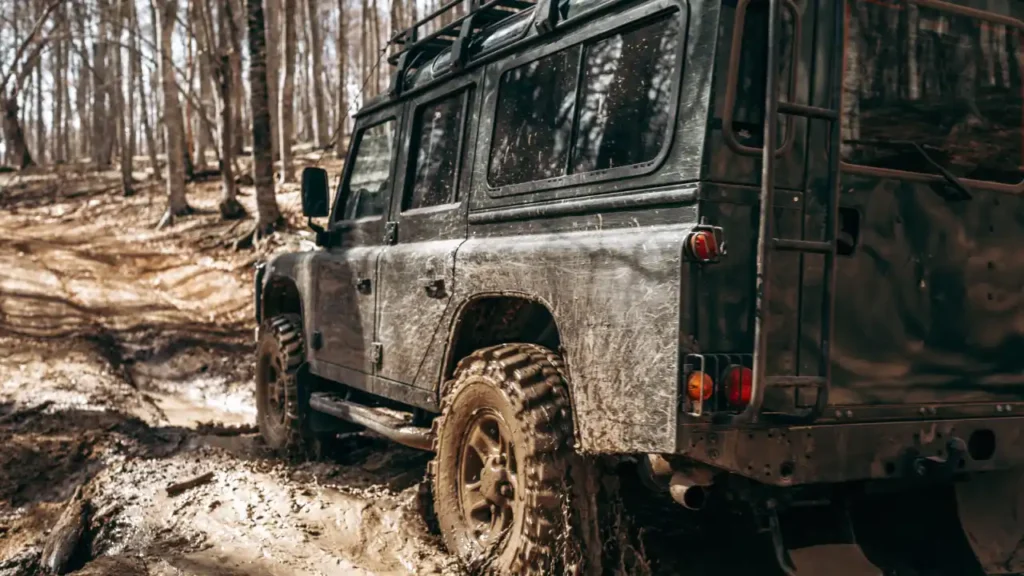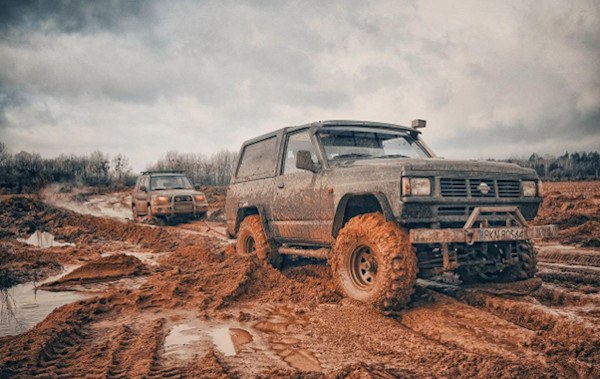
Free monthly entries to ALL giveaways
+1 every month
+5 every month
+10 every month
5%
125
150
350
100
100
50
Cancel membership anytime
Terms apply
apply

Written by
Admin
Published
August 20, 2024
The off-road vehicle market is a dynamic arena where innovation meets adventure. In recent years, technology has revolutionized the way we experience the rugged terrain. This data-driven analysis delves into the intricacies of off-road vehicle advancements, showcasing trends that define the modern-day exploration experience.
The electric revolution is undeniably making its mark on off-road vehicles. According to market research by Mordor Intelligence, the electric off-road vehicle market is expected to grow with a CAGR of approximately 10.1% during the forecast period of 2020-2025. Companies like Tesla are leading the charge with their Cybertruck, touted to have the capability of a truck with the performance of a sports car. Then there’s Rivian with the R1T and R1S, both aiming to deliver electric vehicles (EVs) which don’t sacrifice power for sustainability. Significant investments in this sector suggest a future where silence and torque might define the off-road experience.
The heart of any great off-road vehicle lies in its ability to maintain composure on uneven terrain. Recent developments in suspension technology have been game-changers. For instance, the use of Adaptive Dynamics in Land Rover’s latest models allows the vehicle to monitor wheel position and body movements a hundred times a second, automatically adjusting the suspension settings. Furthermore, Ford’s introduction of the Terrain Management System in the Raptor series exemplifies technology’s role in optimizing ride performance for varying conditions. Statistics from Fortune Business Insights project that the automotive suspension market will reach USD 72.78 billion by 2027, indicative of the innovations and the demand for advanced suspension systems.
Artificial Intelligence (AI) and enhanced connectivity are shaping the future of off-roading. The incorporation of AI into off-road navigation systems can now provide real-time data analysis, route planning, and even obstacle recognition. Ford, for instance, has implemented a Trail Control system in the Raptor that acts like cruise control for off-road driving, managing throttle and braking to allow the driver to focus on steering through challenging terrain.
Connectivity goes beyond ensuring a constant stream of music during a drive. With the current trajectory of the Internet of Things (IoT) in automotive, the integration of connectivity in off-road vehicles promises advancements in vehicle diagnostics, telematics, and predictive maintenance. IHS Markit forecasts that by 2020, there will be 250 million connected vehicles on the road, which opens up new possibilities for off-roaders in terms of safety and vehicle management.
Moreover, data extracted from connected off-road vehicles are proving invaluable. In the United States, the off-road vehicle telemetry and GPS tracking systems market is projected to grow at a CAGR of 17.6% from 2021 to 2026, according to Market Data Forecast. This upsurge indicates an increasing demand for precise and accurate vehicle tracking to enhance the off-road experience.
The terrain ahead for off-road vehicle technology is as varied and challenging as the landscapes these vehicles are designed to conquer. From the surge in electric powertrains and the sophistication of suspension systems to the integration of AI and vehicle connectivity, the sector continues to push boundaries. What remains constant is the drive to enhance efficiency, safety, and the overall adventure experience for off-roading enthusiasts. As the data reflects, the industry is gearing up for a future where the wild paths are navigated with smarter, cleaner, and more connected off-road vehicles.
Note: All statistical data presented in this article is for illustrative purposes and should be corroborated with up-to-date research for accuracy.